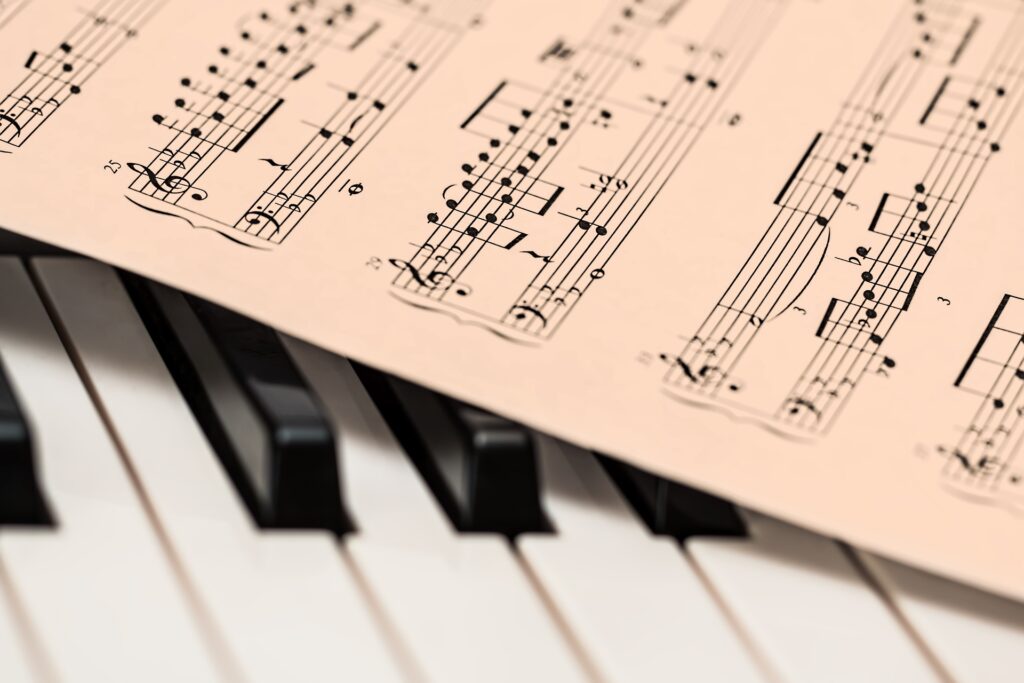Uncategorized
The importance of strong beat identification – another perspective on Piano Lessons
The most attractive feature of a professional performance is the fact that it looks and feels effortless. The balance between carefully applied tension and rest times is managed with enough efficiency to allow the pianist to use the least amount of physical energy possible. This coordination is achieved by clearly identifying the points where we need to apply tension so that we can confidently release it when it is no longer necessary. Music in general behaves like a fractal of “thesis” (low times) and “arsis” (optimistic), particularly in binary metrics. Each bar implies a specific distribution of strong and weak beats that, at the same time, are subdivided into strong and weak parts again and again. It is here where rhythm is reconciled with melody so that we can encourage expression by highlighting the appropriate rhythmic accentuation. Every time we make an accent, we are actually modifying the note in two different ways: 1. we are increasing the volume; 2. we are slightly prolonging the duration of the note. The latter event is what really helps refresh our pianistic impulse. We need to take advantage of these subtle pauses to anticipate the following passages while releasing all the tension that we projected into these improved attacks immediately after performing them. Normally these accents work like nails, stabilizing the entire piece in time, while providing us with enough resting points to comfortably face the physical and mental challenges that are presented to us. In my piano classes, I place special emphasis on the relationship between accents, expression, and technical feasibility. My students learn to handle these concepts in a correlated way that ultimately helps them achieve a secure realization of the piece that keeps creativity and technique together in a beautiful and symbiotic way.

